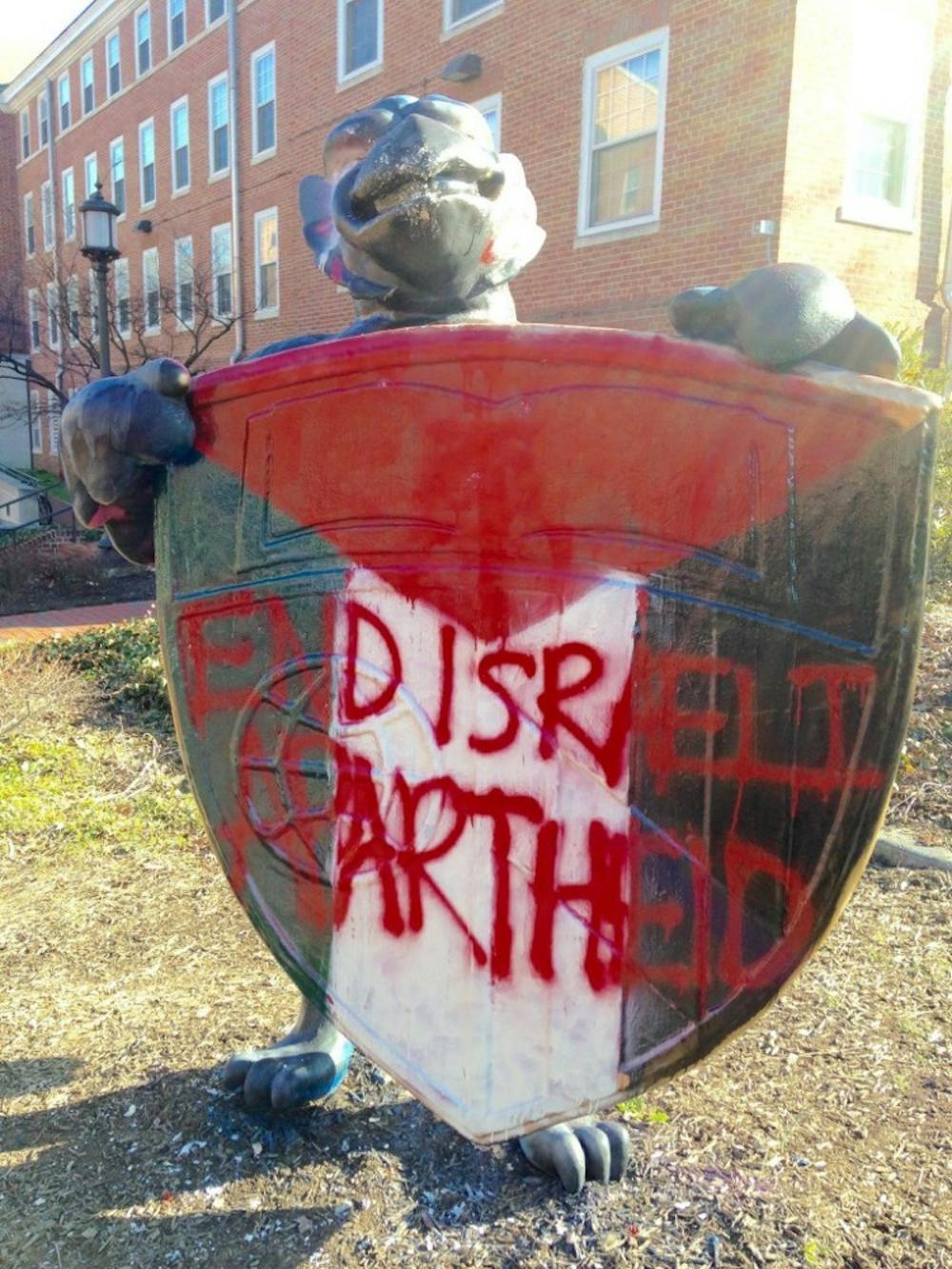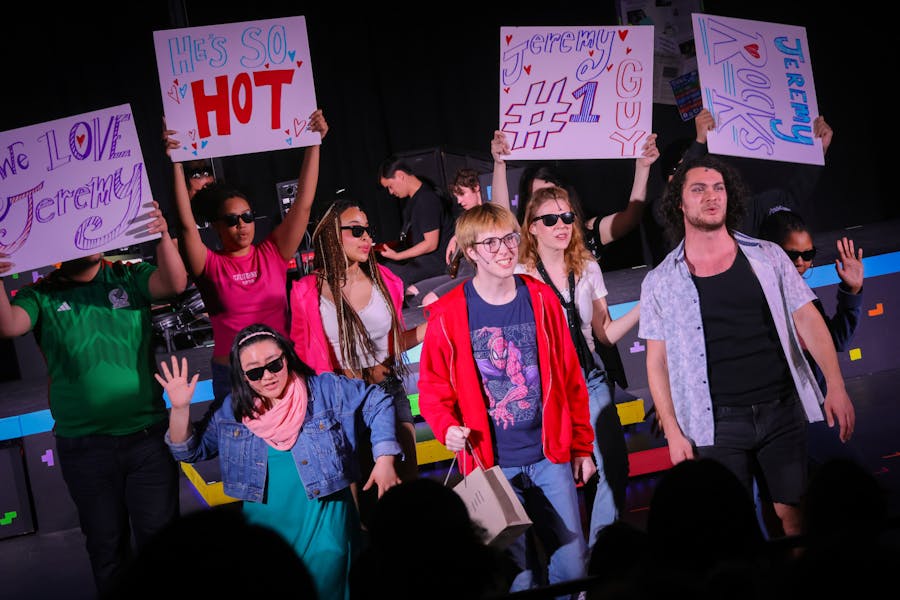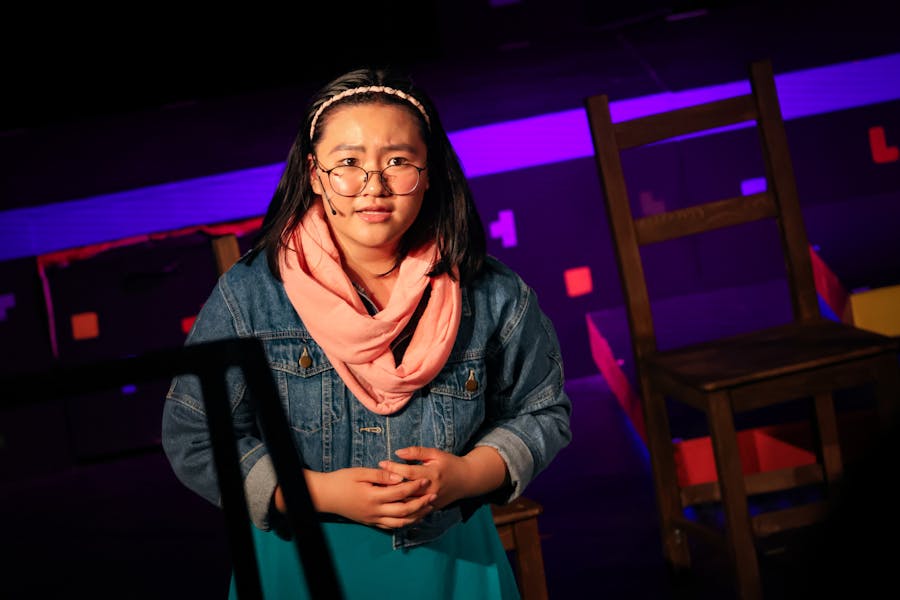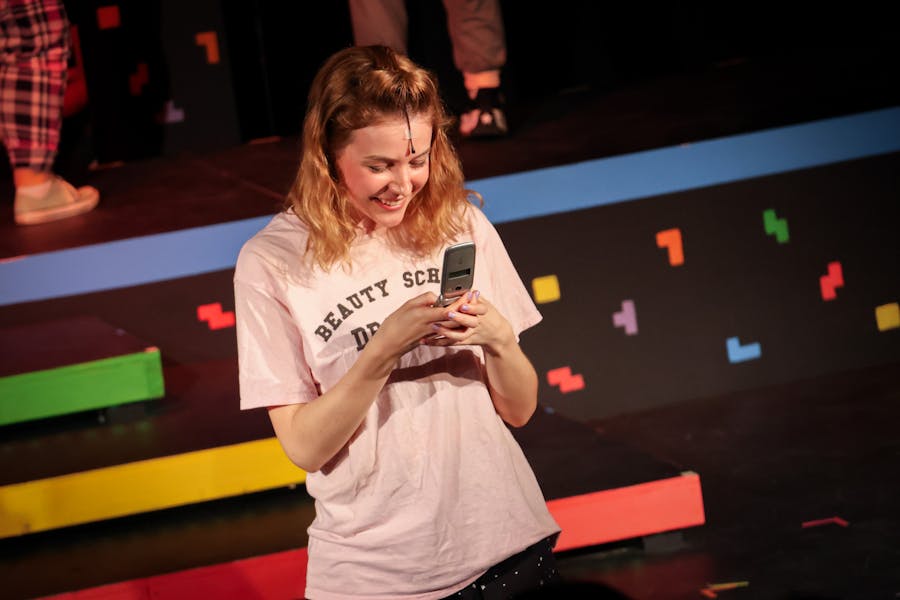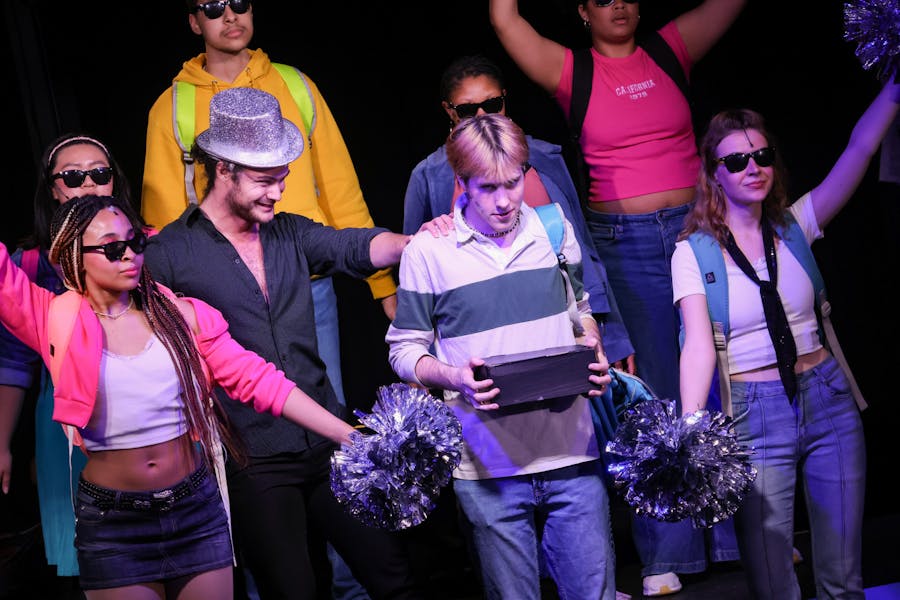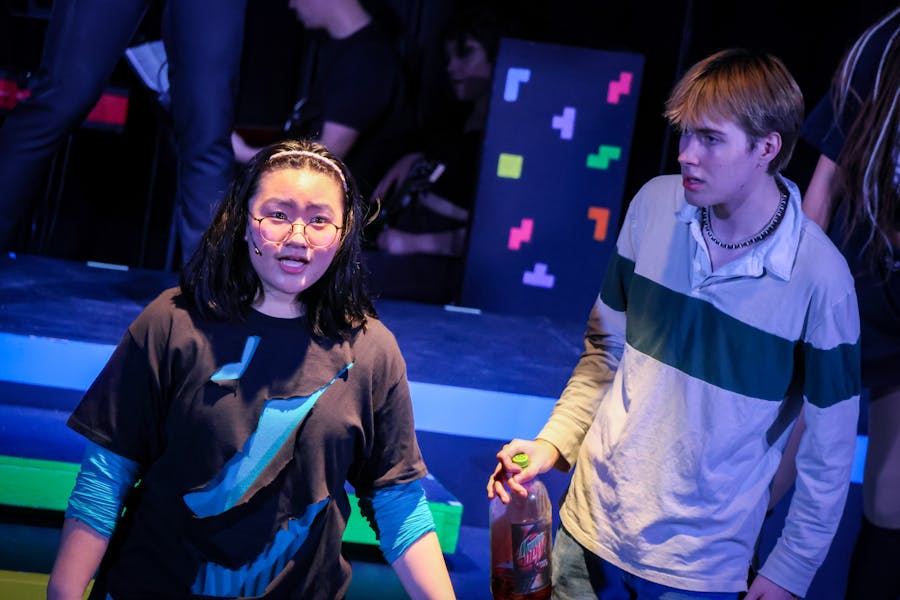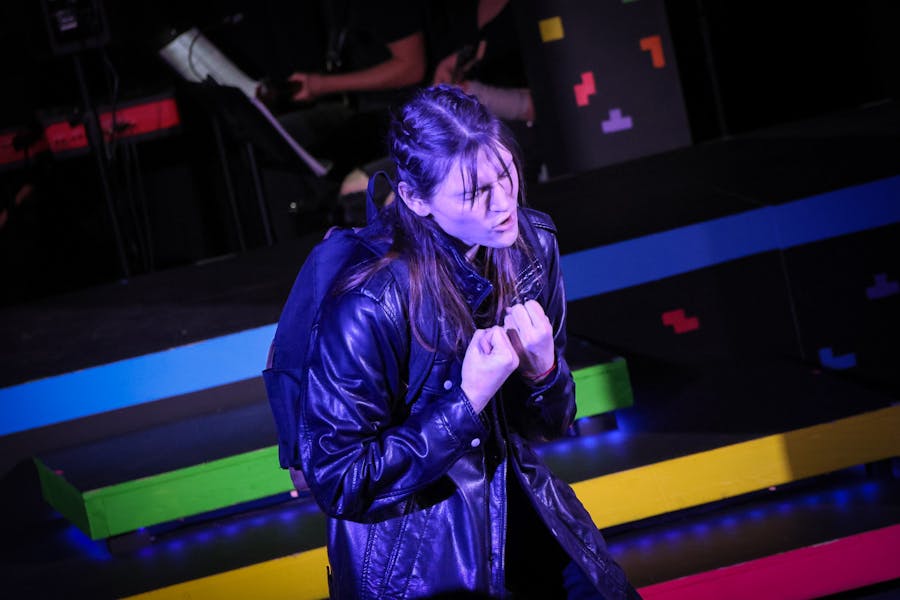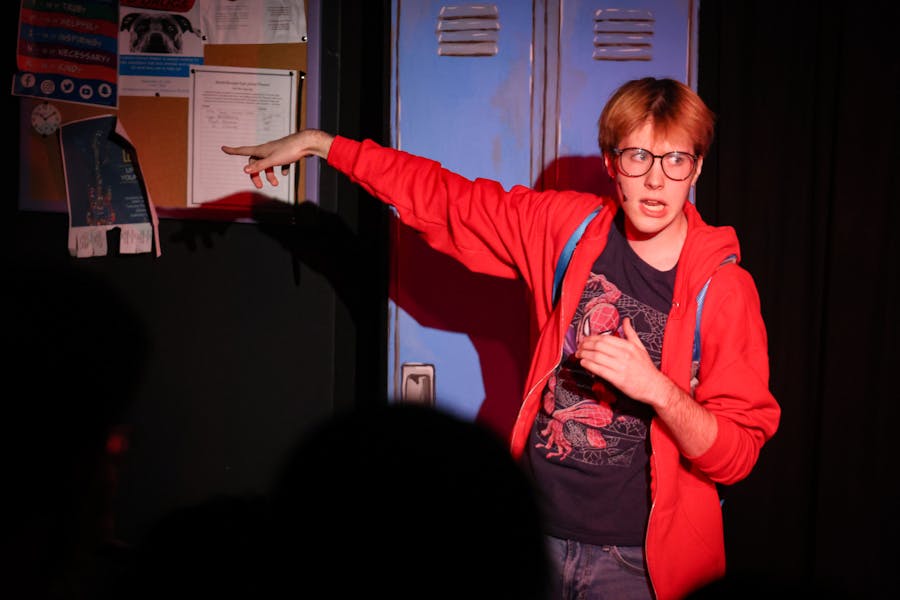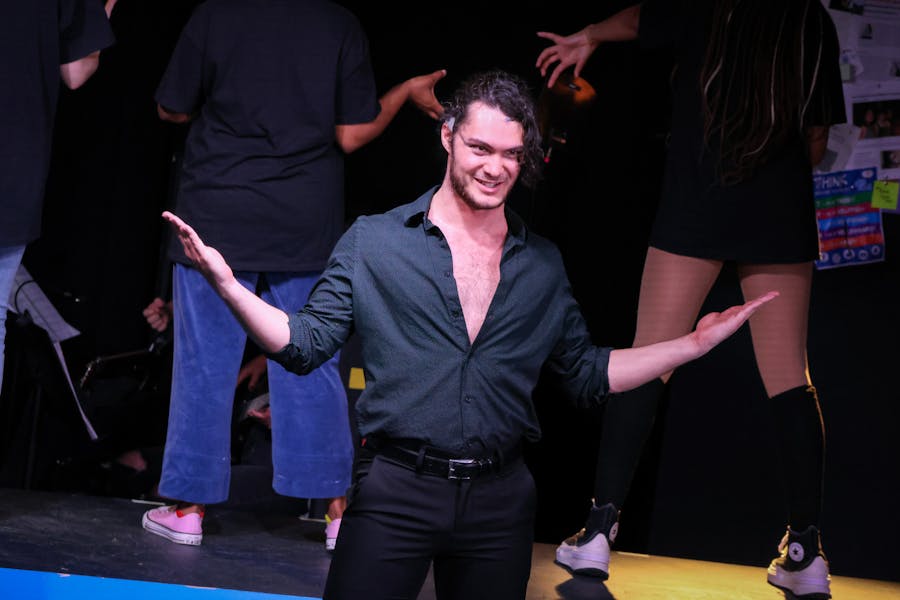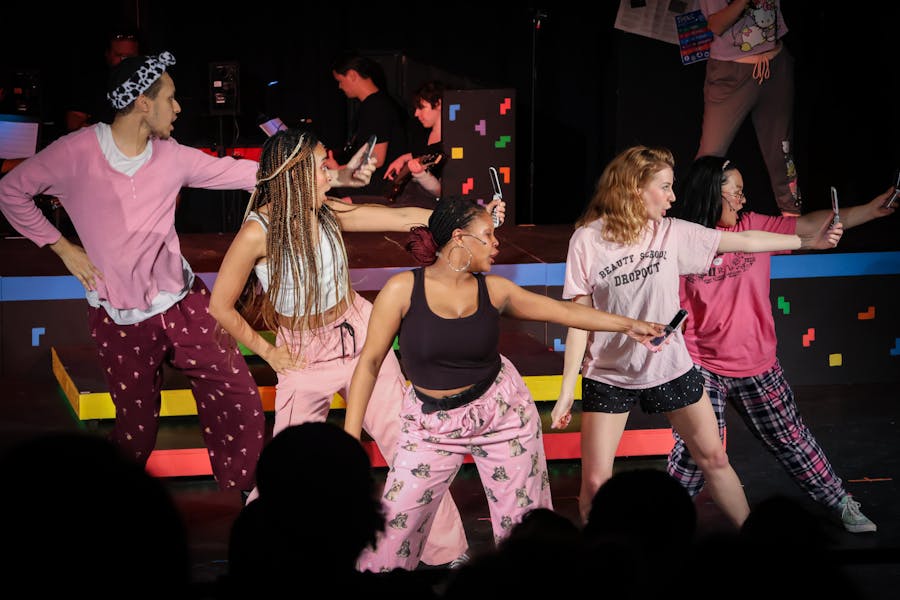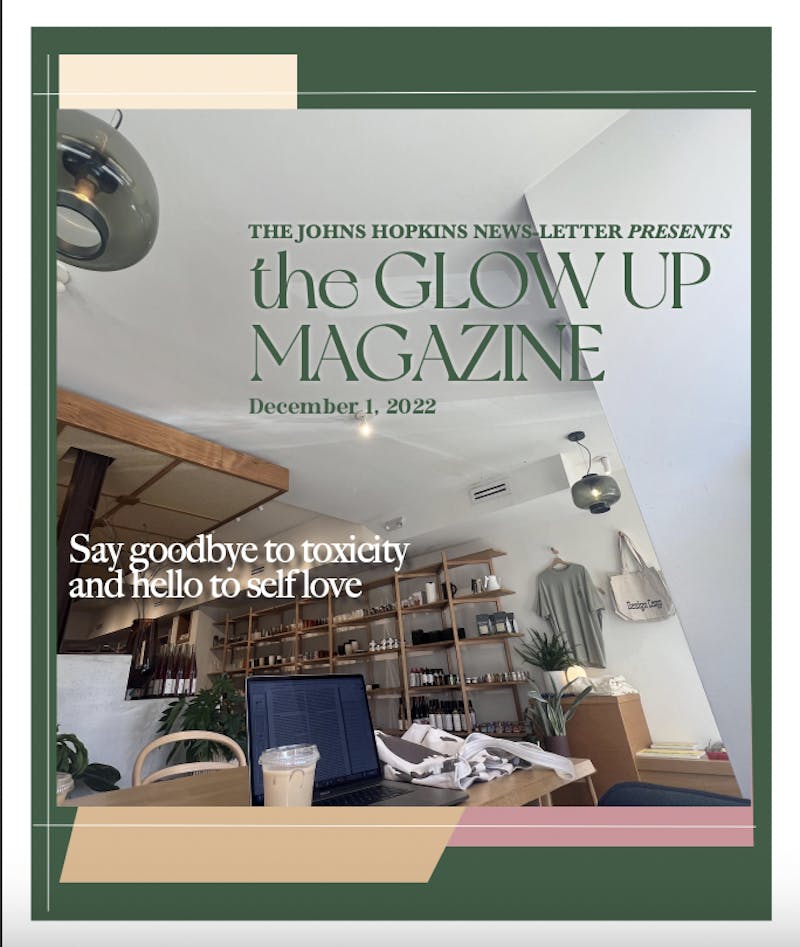The phrase “End Israeli Apartheid,” recently painted on the Blue Jay sculpture outside of the Fresh Food Café (FFC), has sparked a debate over free speech on campus.
Jay the Blue Jay has been a medium for discussion and expression since it was installed in late October, sporting messages that vary from “Trans Lives Matter” to “F**k the Police.”
In response to “End Israeli Apartheid,” Rabbi Debbie Pine, executive director of Hopkins Hillel, called on the University to put guidelines in place regarding content that can be painted on the statue.
“Israel is complex and important to Jews and to me, and I found the statement to be inflammatory and to shut down dialogue,” Pine said. “I’ve actually found the administration to be amazing and feel that they really understand civil discourse and pluralism, and I’ve often turned to Dean [of Student Life Terry] Martinez, [Vice Provost for Student Affairs] Kevin Shollenberger, [University Provost] Robert C. Lieberman, and [University] President [Ronald J.] Daniels for insight and guidance on how to navigate these sensitive conversations.”
Pine also said that many Jewish students told her that they found the anti-Israel message to be offensive.
“Students did find it inflammatory,” Pine said. “I don’t think it’s my place as a part of Hillel to say what’s appropriate on campus in terms of the statue, but I feel that if any group is hurt, or if anything is perceived as inflammatory or as closing conversation, I think it’s important to say so.”
Shollenberger explained the statue’s role on campus.
“As you may know, the Blue Jay statue was erected last fall at the request of our undergraduate students and is modeled on similar community platforms at a number of other universities,” Shollenberger wrote in an email to The News-Letter. “It is a place where students are able to express views, sentiments and criticisms anonymously. As it says on the Jay plaque, many of these postings are expected to promote the ‘Blue Jay spirit.’ Others may consist of provocative speech; we know this kind of expression will be met by counter-speech or, most likely, painted over by other students.”
Shollenberger stated that the idea of drafting guidelines for the statue has been discussed within Student Affairs, but all suggestions have been inconclusive thus far.
“We started hearing occasional concerns about messages on the Blue Jay several months ago and have looked at guidelines used by some peer universities but not reached any decisions,” he wrote. “Our aim is to safeguard free expression and to encourage open dialogue and debate. We would consult with students and other stakeholders before moving forward with any guidelines.”
Larcia Premo, the Hopkins professor at the Center of Visual Arts who built the sculpture, discussed her creative process and her hope that even negative comments can generate interesting conversations across campus.
“I am not just a Hopkins teacher, but an alumna, so Hopkins, student life, campus issues, etc. are very dear to me. When I was commissioned to do the piece, the Blue Jay was clearly presented to me to be a bulletin ‘board’ for students that would take on a life of its own,” she wrote in an email to The News-Letter. “I am a firm believer in free speech. If the comments are out of line, then perhaps they will start productive dialogue or merely be painted over. Opinions, even repugnant ones do make our lives more interesting. It’s a price of freedom that, while I sometimes grit my teeth, am very willing to pay.”
Daphna Varadi, a member of the Engagement Board in the Coalition of Hopkins Activists for Israel (CHAI), explained her views on the statue and expressed her opinion on its recent message that read “End Israeli Apartheid.” By linking Israel with South African apartheid, the statue made a statement that connected Israel’s treatment of Palestinians with the systematic oppression of non-whites that occurred in South Africa.
“As a member of CHAI, I do not condone a message like ‘End Israeli Apartheid’ but am willing to engage in a respectful conversation about it,” Varadi wrote in an email to The News-Letter. “I believe that the Blue Jay statue is a good way for students to express their feelings about issues that are important to them outside of the strict academic setting. There is no expectation that everyone will agree with what is written and promoted on the statue, rather it should spark discussions amongst students and professors. It is refreshing to see students outwardly voicing their opinions and concerns to a wider audience.”
Lionel Eisenberg, a Franco-Israeli international student, spoke about the messages on the statue that read “Pray for Paris” and “End Israeli Apartheid.”
“Basically one problem in America is that people are getting censored and people can’t say what they want to. Especially on campus, people get offended — which isn’t good because campuses should be somewhere that you expand your mind,” Eisenberg said. “I do think it’s nice to have something like [Pray for Paris] because it does show that people care. But to also give another example, I’m also Israeli. Even though the apartheid message was against what I believe in, I still think it’s something that should be said because of freedom of speech. People should have the opportunity to express themselves.”
Varadi expressed that while she believes in the importance of student expression on campus, she thinks that some guidelines should possibly be in place which curb profanities and obscenities.
“Personally, I do not think that we should be censoring the statue in terms of the ideas that are expressed, but guidelines should be established for the wording that can be used, like profanities,” Varadi wrote.
Premo is optimistic that the Blue Jay sculpture, in all its positive promotion and negative controversy, can serve as an art piece that will generate more good than harm in the long-term.
“As long as no one is endangered, I am optimistic that open communication, however occasionally inappropriate or even idiotic, is a good thing,” Premo wrote. “It’s a learning place. There will be an ebb and flow of proud and shameful moments that the Blue Jay will experience. You hope for respect and I think you will usually find it.”

